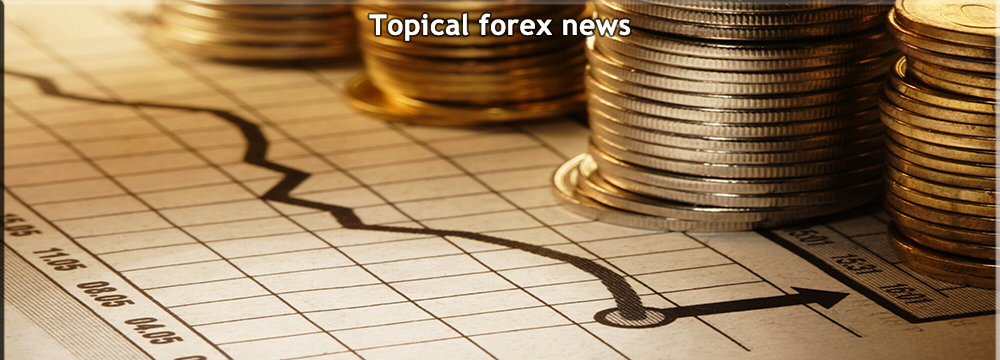
The Federal Reserve will announce its decision on monetary policy at 18:00 GMT. There won’t be a press conference. The minutes of the meeting will be released in three weeks (August 16) and the next meeting will be September 20 (will include new projections and press conference).
Key notes
At the last meeting, the US central bank decided to raise the target range for the federal funds rate to 1.00% - 1.25%, as expected. For today, most analysts expect no change in rates, neither in the policy language. Some signal to potential hints of an announcement regarding a start date for balance sheet normalization. What the Fed says regarding inflation will also be an important factor.
“Today’s FOMC meeting looks set to result in the beginning of a nearly nine-month pause in hiking rates. Not hiking rates in July (a non-press conference meeting) would not be surprising, but we expect the pause to persist until March 2018”, said analyst from BNPP. They expect the Fed to announce its balance sheet unwind in September.
Analysts at ING expect the Fed to stay relatively upbeat, despite mixed economic data of late. “Markets will be particularly interested in the Fed’s thoughts on recent sluggish inflation readings, which has caused a large divide between the Fed’s rate hike projections (four hikes by the end of 2018) and market expectations (who are barely pricing one). We suspect the next hike won’t come until December”.
FOMC Preview: 12 major banks expectation from July meeting
Fed: Practically no chance of a new policy initiative - BBH
FOMC: All eyes on announcement of balance sheet normalization - SocGen
Implications for DXY
Since the last meeting (Jun 15), when the Fed rose rates, the US Dollar Index dropped more than 3%. Despite the rate hike, the greenback has been falling sharply and yesterday hit a fresh 1-year low. More central banks continue to shift from a dovish/neutral stance to a neutral/hawkish, reducing the divergence with the Fed and the attractiveness of the USD.
A hawkish surprise today, like a rate hike or signals of the beginning of an aggressive normalization of the balance sheet could boost the US dollar. On the other side, a message, that the Fed is done for the moment with the rate hike cycle and that it will wait for more information before setting a start date of the normalization of the balance sheet, could add further pressure to the greenback.
Taking into account that there won’t be a press conference and that most analysts expect no significant changes from the previous statement, the market reaction to today’s announcement could be fairly muted.
Today the Dollar Index is rising for the third day in a row as it attempts to recover. Yesterday it reached a fresh 1-year low at 93.42. The trend points clearly to the downside. A rally above 95.00 (horizontal resistance / 20-day moving average) could remove bearish pressure. On the downside, a consolidation below 93.05, could open the doors to a continuation of the decline, exposing the 2016 low at 91.83.
USD can’t expect help from the Fed – Deutsche Bank
About the interest rate decision
With a pre-set regularity, a nation's Central Bank has an economic policy meeting, in which board members took different measures, the most relevant one, being the interest rate that it will charge on loans and advances to commercial banks. In the US, the Board of Governors of the Federal Reserve meets at intervals of five to eight weeks, in which they announce their latest decisions. A rate hike tends to boost the local currency. A rate cut tends to weaken the local currency. If rates remain unchanged (or the decision is largely discounted), attention turns to the tone of the FOMC statement, and whether the tone is hawkish, or dovish over future developments of inflation.
About the FOMC statement
Following the Fed's rate decision, the FOMC releases its statement regarding monetary policy. The statement may influence the volatility of USD and determine a short-term positive or negative trend. A hawkish view is considered as positive, or bullish for the USD, whereas a dovish view is considered as negative, or bearish.


